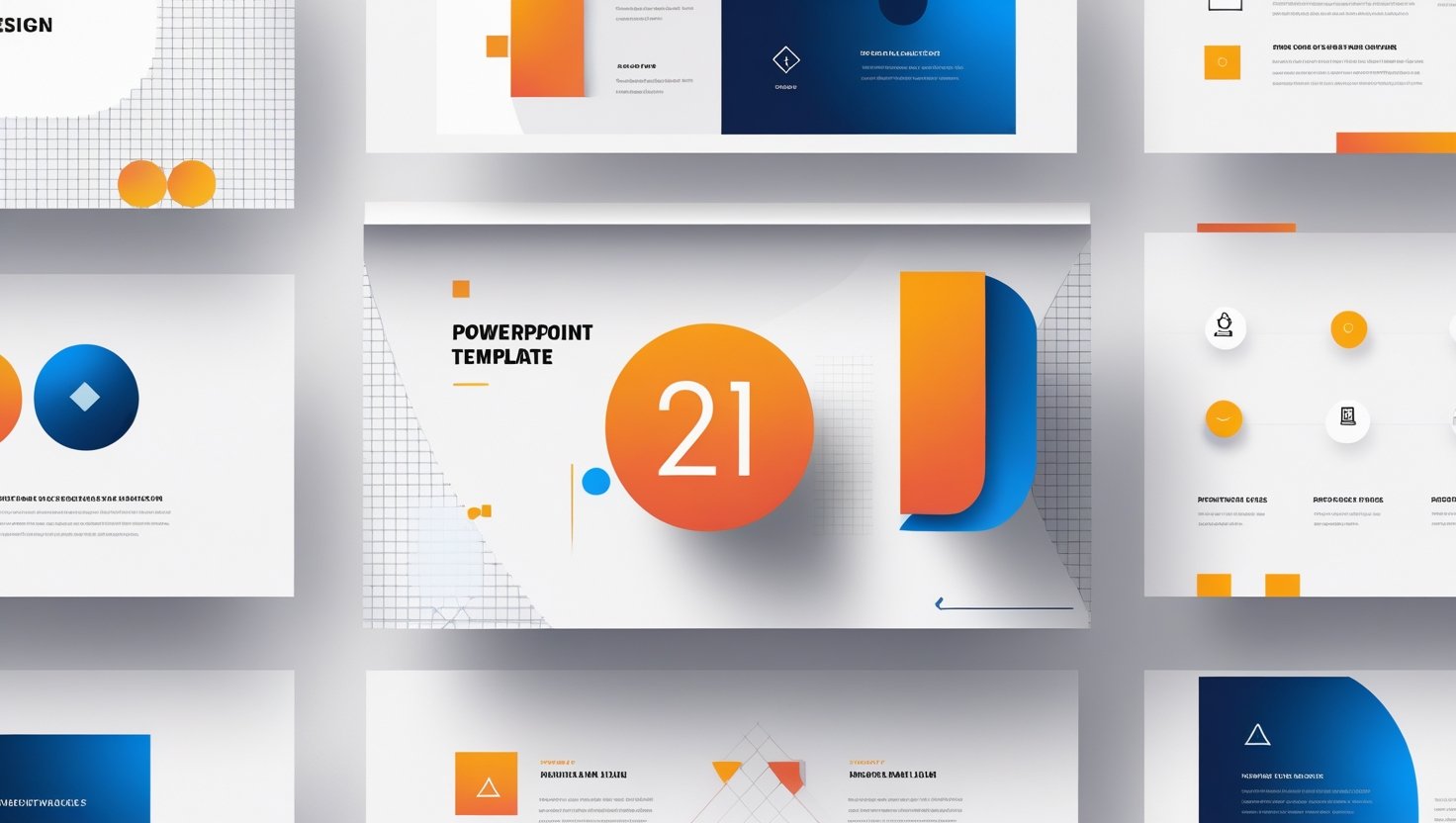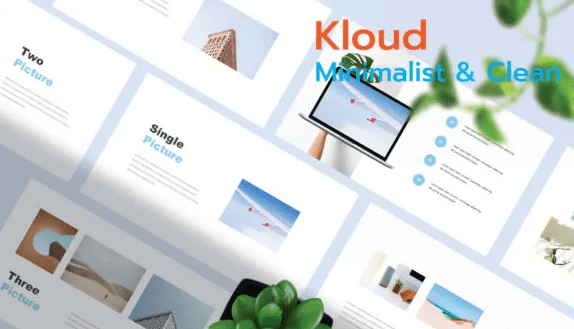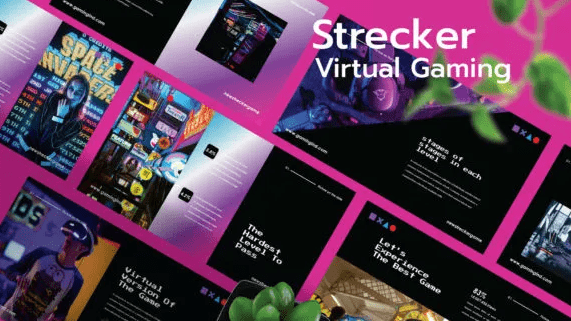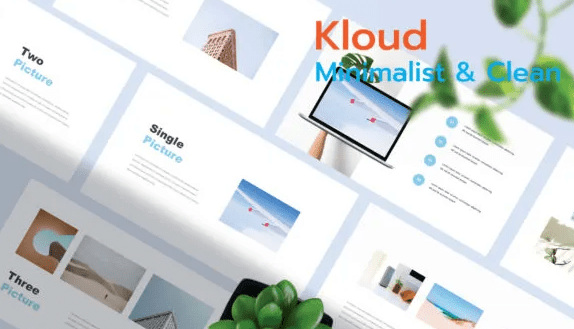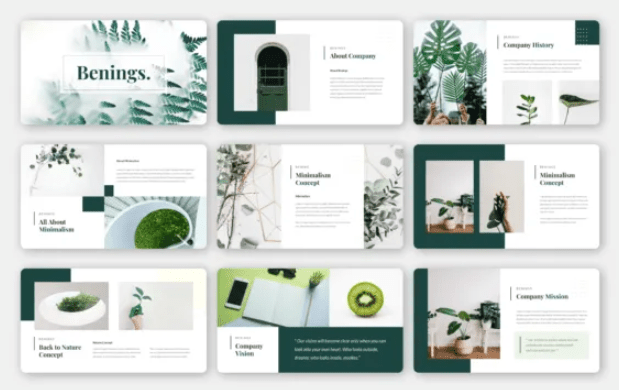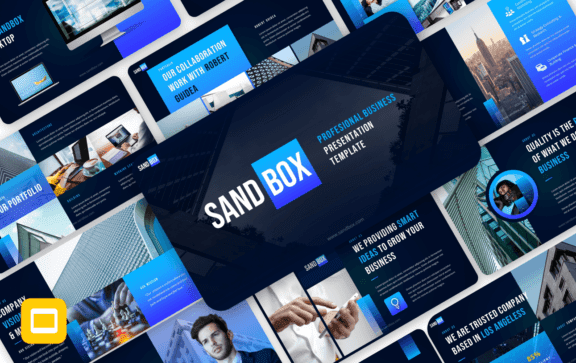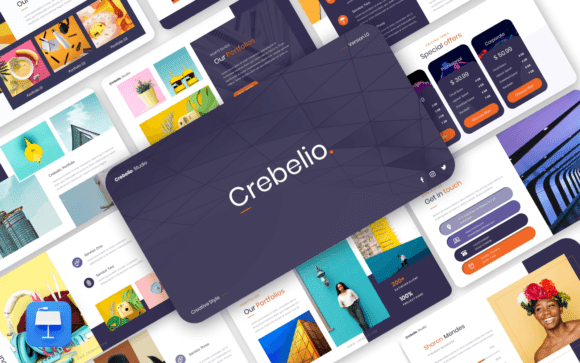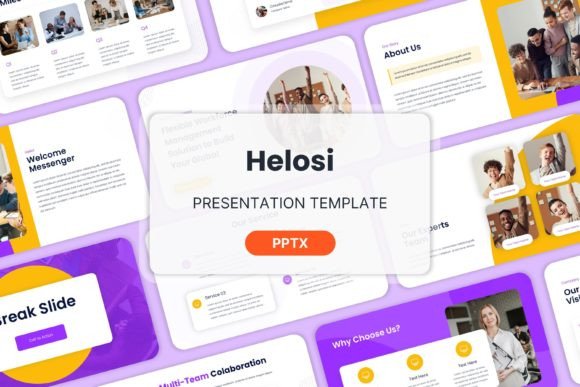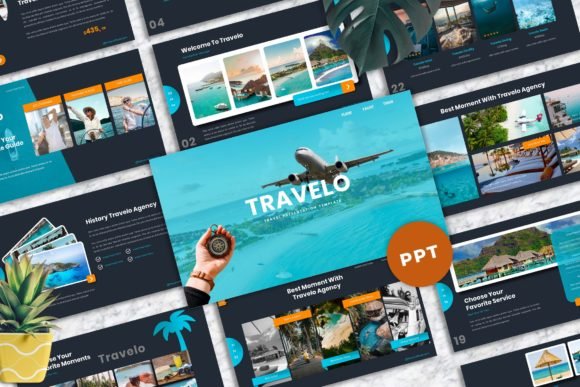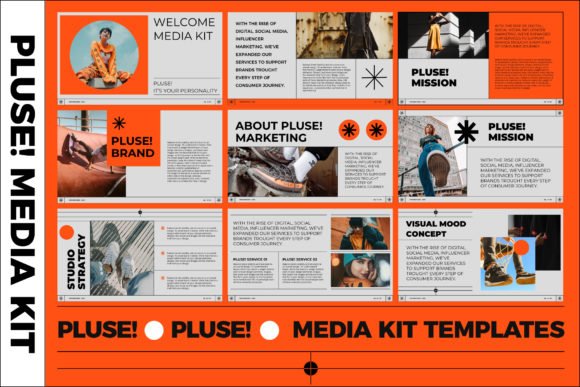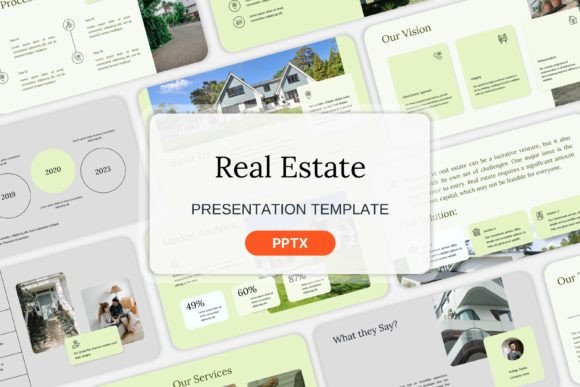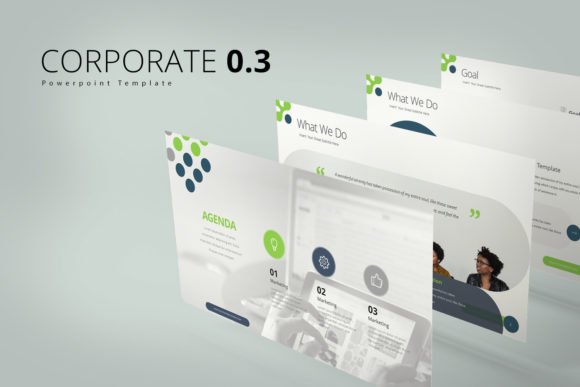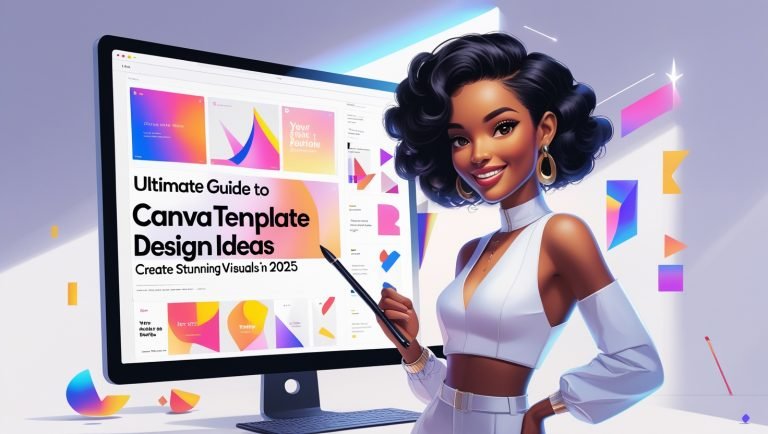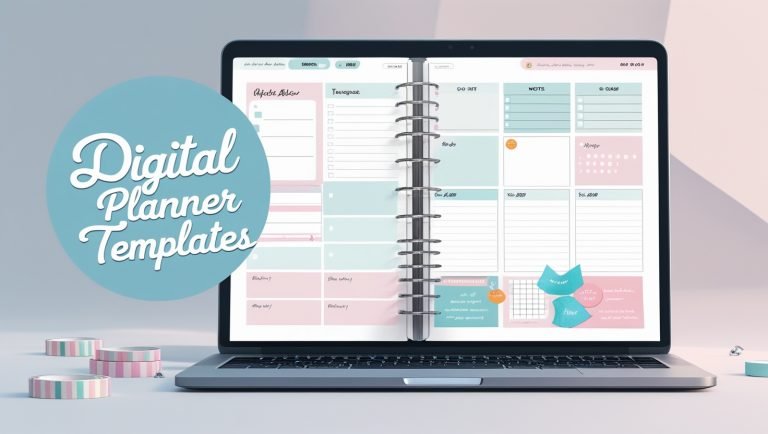Hey there, presentation pros! Let’s dive into the world of PowerPoint template design – y’know, the stuff that makes your slides pop and your audience go “wow!” As a graphics designer who’s spent countless hours crafting templates, I’ll share everything you need to know to create templates that’ll knock your next presentation out of the park.
Why Custom PowerPoint Templates Matter
Listen up, ’cause this is important! Generic templates are so yesterday. According to a study by Prezi, 91% of successful presenters feel that a well-designed presentation template is crucial for effective communication.
When you’re putting together a presentation, your template isn’t just a pretty face – it’s the backbone of your message. It’s like having a well-organized closet; everything has its place, and you know exactly where to find what you need.
Essential Design Elements
Color Theory and Palette Selection
Choosing the right colors isn’t just about picking your favorites. It’s about creating harmony and consistency throughout your presentation. Here’s what you need to consider:
- Primary Colors: Select 2-3 main colors that align with your brand or message. These will form the foundation of your template.
- Secondary Colors: Choose 2-4 complementary colors for accents and highlights. They should support your primary colors without overwhelming them.
- Accessibility Considerations: Ensure your color combinations meet WCAG 2.1 contrast guidelines for readability.
Typography Hierarchy
Let’s talk fonts, folks! Typography can make or break your template. Research from the Nielsen Norman Group shows that proper typography hierarchy can improve reading comprehension by up to 25%
Template Structure and Layout
Master Slides
Think of master slides as your template’s DNA – they define everything from margins to placeholder positions. Here’s what you should include:
- Title Slide Layout
- Content Slides with Various Configurations
- Section Breaks
- Data Visualization Layouts
- Quote and Testimonial Slides
Grid Systems
A solid grid system is like the invisible scaffolding that holds your design together. Let me break it down for you:
- Use a 12-column grid for maximum flexibility
- Maintain consistent margins (recommended: 0.5″ minimum)
- Align elements to your grid for professional polish
Customization Options
Dynamic Elements
Who doesn’t love a template that can adapt on the fly? Include these customizable features:
- Color scheme variations
- Interchangeable icons and graphics
- Flexible content blocks
- Adaptable chart styles
Best Practices for Template Design
Technical Considerations
Y’all need to keep these technical aspects in mind:
- File size optimization (keep it under 50MB)
- Font embedding
- Image compression
- Compatibility across PowerPoint versions
Branding Integration
Your template should be as unique as your brand! Consider:
- Logo placement options
- Brand color implementation
- Custom icon sets
- Branded footer designs
Template Testing and Quality Assurance
Before you wrap up your template design, put it through its paces:
- Test across different devices
- Check for accessibility
- Verify font rendering
- Validate all animations and transitions
- Review printing output quality
Frequently Asked Questions
Q: How many layouts should a PowerPoint template include? A: Aim for 10-15 unique layouts to cover most presentation needs.
Q: Should I use custom fonts in my template? A: Yes, but always embed them and include fallback options.
Q: Can I mix aspect ratios in one template? A: It’s best to create separate templates for 16:9 and 4:3 formats.
The Bottom Line
Creating a PowerPoint template isn’t rocket science, but it does require attention to detail and a solid understanding of design principles. Remember, a great template is an investment in your presentation success.
Ready to level up your presentation game? Start with these fundamentals, and don’t be afraid to push the creative envelope. After all, the best templates are those that make both the presenter and the audience feel confident and engaged.
Remember to regularly update your templates to keep them fresh and aligned with current design trends. And hey, don’t forget to have fun with it – sometimes the best designs come from experimenting and thinking outside the box!

